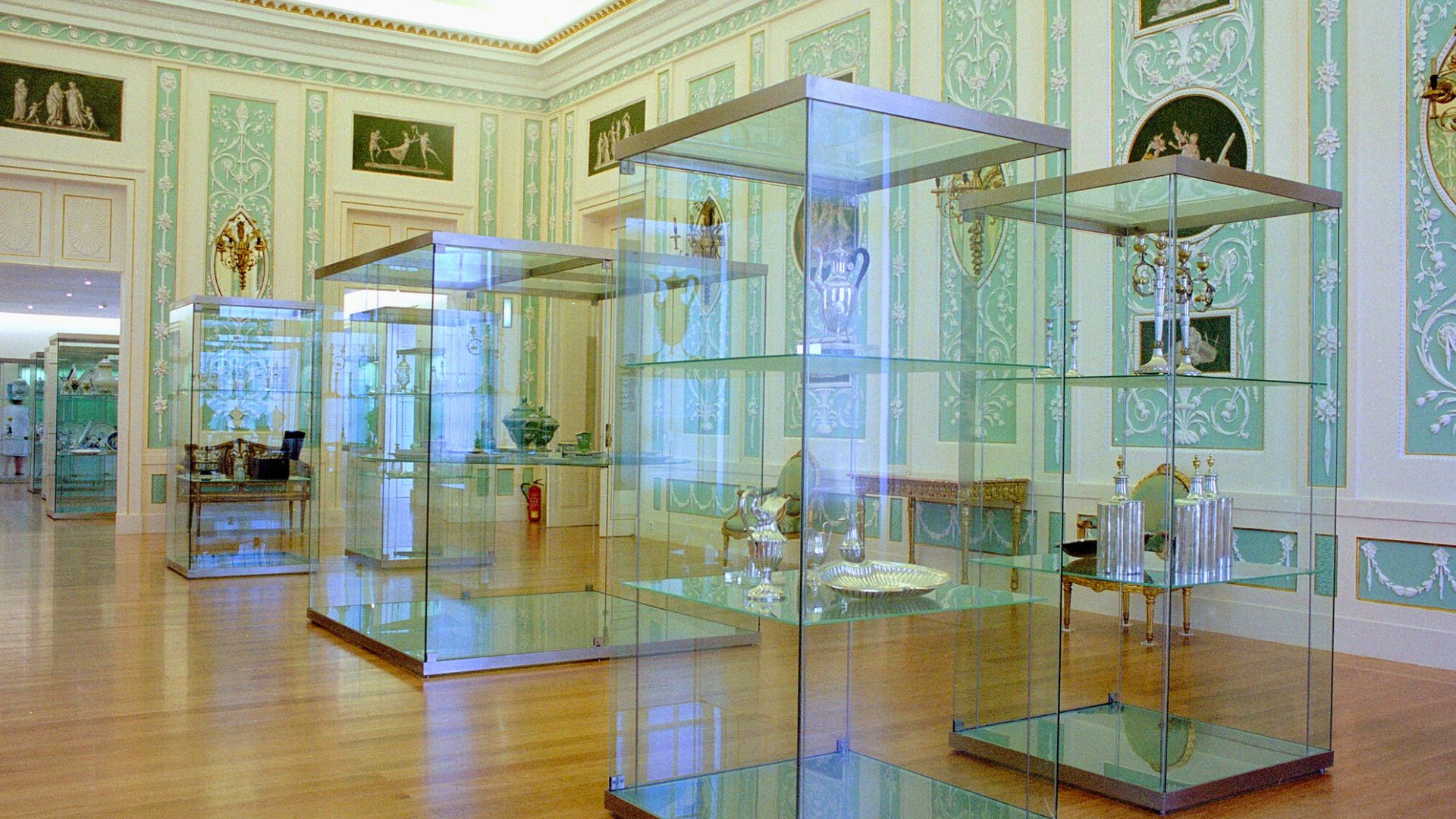As part of the summer programme, a guided tour of the Noble Floor of the Carrancas Palace will take place next Friday at 3pm. It will be the last guided tour in Portuguese of this cycle in September.
Over the years, the Carrancas Palace has undergone changes due to the mobility of the Morais e Castro family and the frequent presence of guests. However, some principles of utilisation of the various floors can be sketched out.
On the first floor we find the large entrance hall around which the storerooms, stables and coach houses were distributed. The middle floor was probably used by the family, and the noble floor was reserved for the important people who stayed here. The top floor must have been used by the servants, and the factory workshops and perhaps the kitchen occupied the two wings surrounding the inner garden.
The Palácio dos Carrancas was built in 1795 by the Morais e Castro family, descendants of New Christians, who belonged to the Porto bourgeoisie and who became wealthy from the Gold and Silver Wire Stripping Factory located here. The building, with its factory and residence, witnessed and was the scene of social, military and political events throughout the 19th century.
Markedly urban and in keeping with the Neoclassical style that was taking hold in Porto at the time, the palace had a unique character in the context of private construction. Everything points to the intervention of municipal architects Joaquim da Costa Lima Sampaio and José Francisco de Paiva. The façade, with its clear design, divided the building into two horizontal bodies.
The distribution followed the hierarchy of the old regime and architectural treatises: a noble floor, an enclosed courtyard with a high wall, separation of manufacturing and labourers, and the farmhouse set back. Luxury was evident in the interior spaces, particularly on the main floor, with a grandiose Dining Room and Music Room still standing from that period.
The building’s grandeur associated it with the scene of the city’s great political and military events. For example, during the first French invasion, it was considered a strategic location and was occupied by Marshal Soult. Shortly afterwards, his successor in military command of the city, the head of the liberating army, General Arthur Wellesley, settled here.

